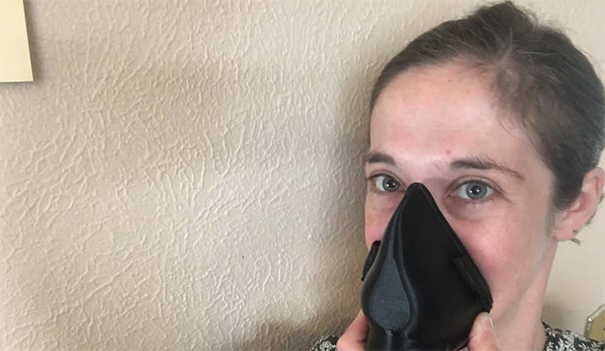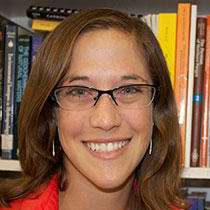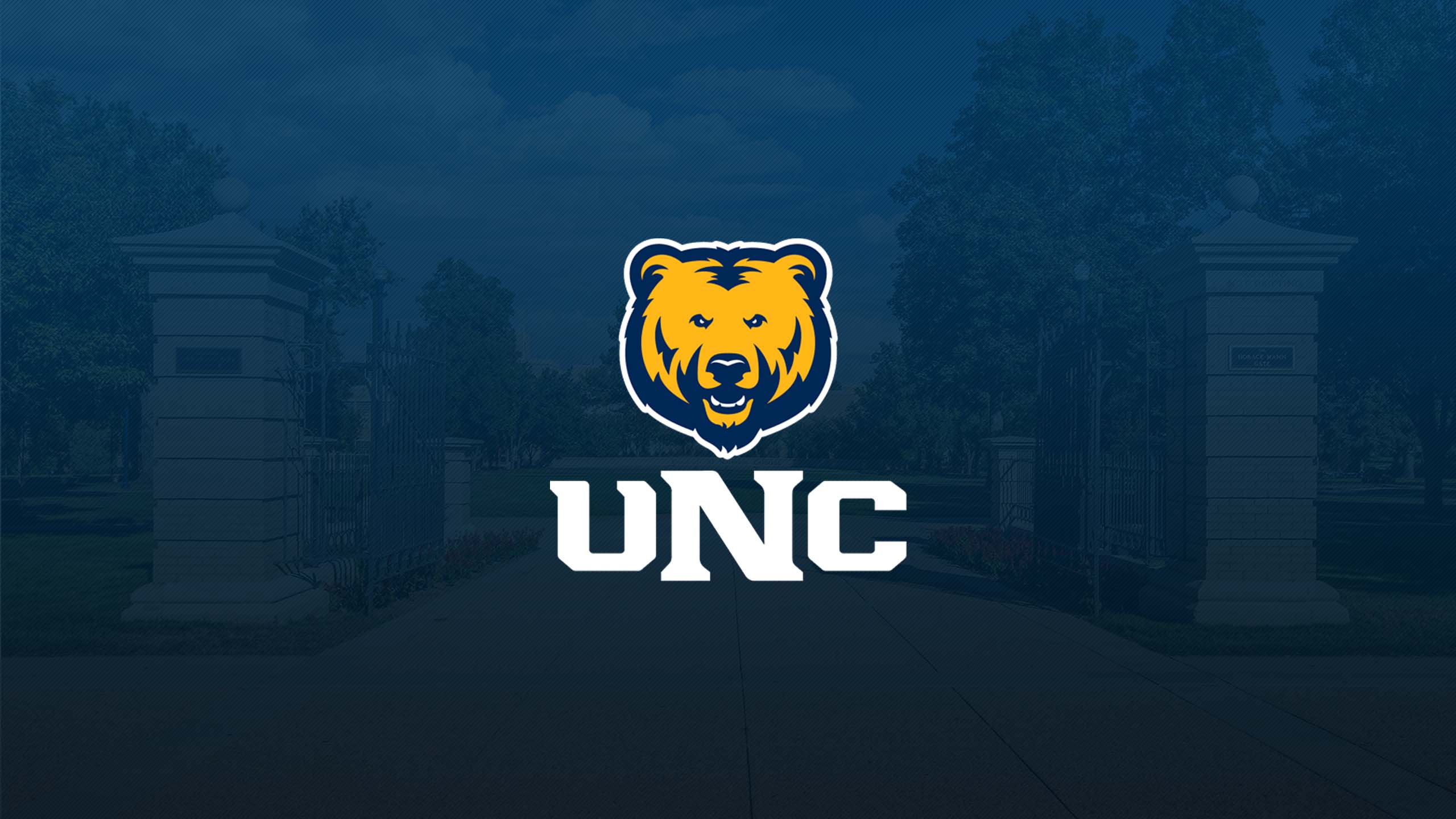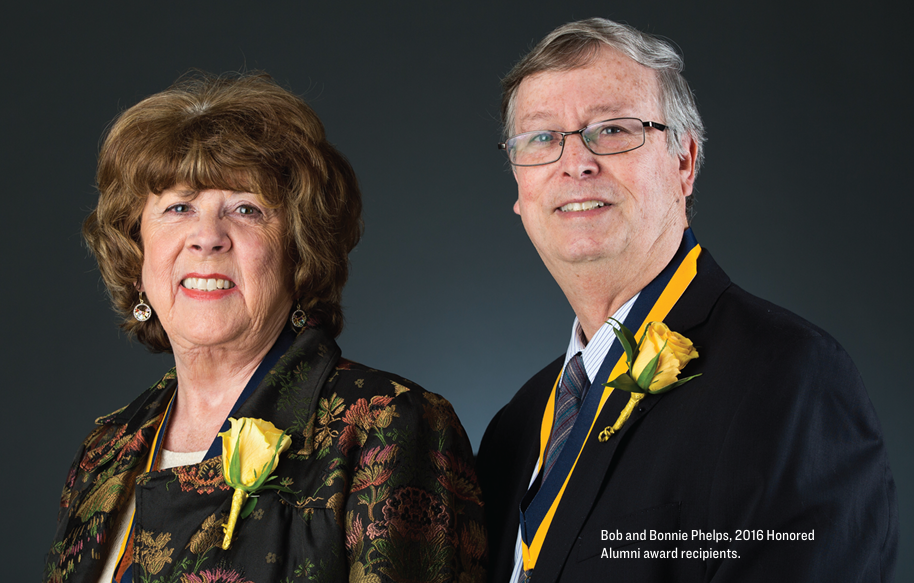
Assistant Professor Marian Hamilton felt compelled to respond immediately to needs brought on by the coronavirus based on her experience with 3D printing and access to the equipment.
She had already used her home printer to create teaching materials for her anthropology classes so when she heard there was a shortage of face masks, she stepped up.
In just eight weeks, she and her husband have teamed up to produce 121 masks and have put them in the hands of health care and essential workers in 12 states and the Navajo Nation.
Just before spring break, Hamilton and her husband scoured the internet for mask designs. She found open-source resources compatible with her 3D printer program and produced several versions.

Hamilton
"I’ll continue to provide these indefinitely as folks need them, or until my 3D printer bursts into flames."
After dabbling with different designs and getting feedback from health care workers who used the masks they produced, they settled on a plastic N95 variant outfitted with a HEPA filter in the respirator. While they aren’t technically considered medical-grade equipment, they are effective as N95 masks with the correct filtration system, Hamilton noted. The sturdy masks also have the advantage of being reusable after being washed with soap and water.
“We’ve been giving them to people in our social network, medical workers, food service production workers, and other frontline workers,” Hamilton said.
It takes Hamilton’s printer 11 hours to crank out three masks. It costs her a little more than $1 a mask to produce, and she’s been picking up rolls of plastic for about $20 each. In addition, she cuts pieces of HEPA filters and a couple of layers of cotton from T-shirts to include in the respirator, applies weather stripping to the edging around the mask, and secures old-fashioned duct tape at the bottom to hold everything together.
Hamilton herself has used the mask when she took her 7-month-old son for a doctor’s checkup. She found it to be “surprisingly comfortable,” adding, “these stay in place and provide enough air flow.”
“I’ll continue to provide these indefinitely as folks need them, or until my 3D printer bursts into flames,” she said, with a laugh.
If demand does subside, she plans on shifting her focus to printing the frames for face shields.
“There are so many ways to get involved and help community members in need during a strange time,” she said. “And do something positive when things feel so negative.”
Of Note
The models of face masks the Hamiltons have been using are versions popularized by Dr. Dusty Richardson from Billings, Montana, and designed by the Spanish creator La Factoria; and a model by a creator in Chile called Copper 3D.
How to Help
Hamilton offered these resources for individuals who would like to get involved:
- Make4Covid, a printing and sewing group with excellent local connections and distribution network for various PPE materials:
- Colorado Responds, a network through the state connecting people with various volunteer opportunities
- Sew for Home, a North Range Behavioral Health initiative for making and donating masks and headbands
More Stories
-
Transforming Chemistry Education from Greeley Around the Globe
Este artículo no está en español.
-
The Phelps Family Legacy is All About Paying It Forward
Este artículo no está en español.
-
Building Champions Garners Global Support and Empowers Student-Athletes
Este artículo no está en español.
-
Forging Art and Community: The Maxine and Don Schwartz Foundry
Este artículo no está en español.




